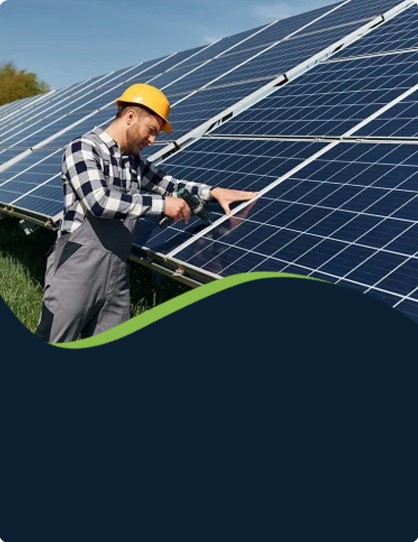
-
[email protected]

-
Building 1, No. 21 Shengfa Road, Lucheng District, Wenzhou, Zhejiang, China


Across the global energy landscape, PV panel technology has emerged as a significant contributor to electricity generation, representing a practical approach to harnessing solar energy for diverse applications. These sophisticated systems, which directly convert sunlight into electrical power through semiconductor technology, have become increasingly integrated into residential, commercial, and utility-scale power generation portfolios. The expanding presence of PV panel installations worldwide reflects a broader recognition of solar energy's potential to support energy diversification while addressing environmental considerations. From small rooftop systems to extensive solar farms, PV panel arrays demonstrate remarkable versatility in adapting to different geographic locations, climate conditions, and energy requirements.
The fundamental science behind PV panel operation involves the photovoltaic effect, where photons from sunlight interact with semiconductor materials—typically silicon—to generate electrical current. A standard PV panel comprises multiple interconnected solar cells, protective tempered glass, sturdy framing, and weather-resistant backing materials. The electrical output of a PV panel depends on several factors including cell efficiency, solar irradiance levels, temperature conditions, and system orientation. Modern PV panel installations typically incorporate supporting components such as inverters that convert direct current to alternating current, mounting structures that optimize panel orientation, and monitoring systems that track performance metrics. These integrated systems ensure that PV panel arrays operate efficiently throughout their service life, typically spanning decades.
Contemporary PV panel manufacturing has evolved significantly, offering diverse technological approaches and design configurations. Today's market features PV panel products utilizing various cell technologies including monocrystalline silicon with its distinctive dark appearance and higher efficiency rates, polycrystalline silicon with its blue hue and cost-effective production, and thin-film technologies that offer flexibility and lightweight properties. The manufacturing process for PV panel systems has become increasingly streamlined, incorporating automation and quality control measures that enhance product reliability while reducing production costs. Specialized PV panel variants have emerged for specific applications, including building-integrated photovoltaics that replace conventional construction materials, bifacial models that capture reflected light from rear surfaces, and solar tiles that maintain architectural aesthetics while generating electricity.
The application spectrum for PV panel technology continues to broaden across multiple sectors and geographic regions. Residential property owners increasingly install PV panel systems to reduce electricity costs, increase energy independence, and less environmental impact. Commercial and industrial facilities implement PV panel arrays to manage operational expenses, demonstrate corporate responsibility, and ensure backup power availability. Agricultural operations employ PV panel installations to power irrigation systems, barn operations, and processing facilities while preserving land for simultaneous cultivation. Utility-scale PV panel projects have become increasingly common, with solar farms covering extensive areas to supply electricity to grids and specific communities. This diverse implementation landscape demonstrates how PV panel technology can be scaled and adapted to meet vastly different energy needs, spatial constraints, and budgetary considerations.
The future development trajectory for PV panel technology indicates continued advancement across multiple technical and operational domains. Research initiatives are exploring next-generation PV panel designs incorporating perovskite materials, tandem cell structures, and quantum dot technologies that potentially offer higher conversion efficiencies. Manufacturing innovations aim to further reduce the energy and material inputs required for PV panel production while enhancing product durability and performance. As global energy systems continue evolving toward decarbonization and distributed generation models, PV panel technology is positioned to play an increasingly significant role in electricity supply worldwide.

Your email address will not be published. Required field are marked*
